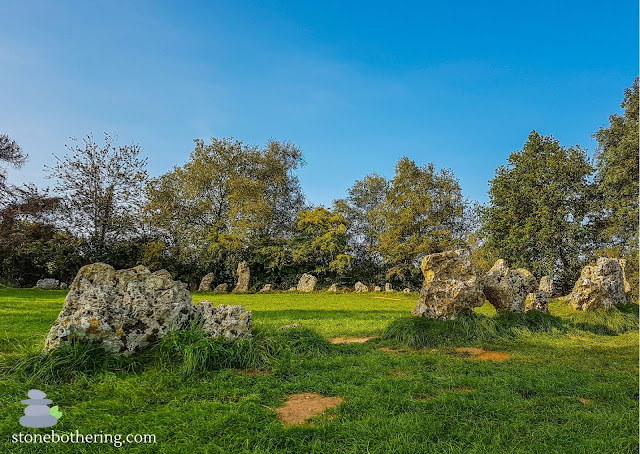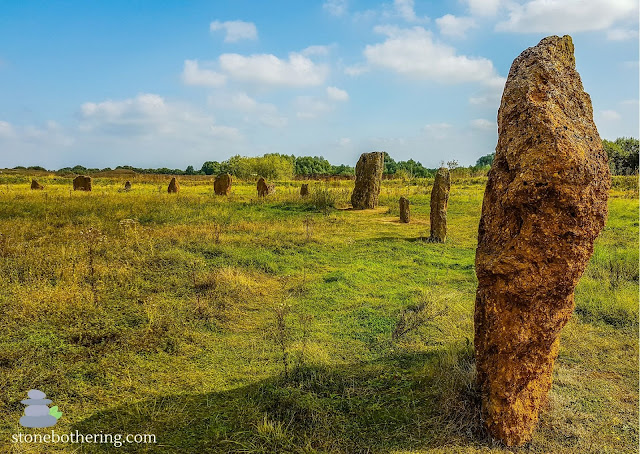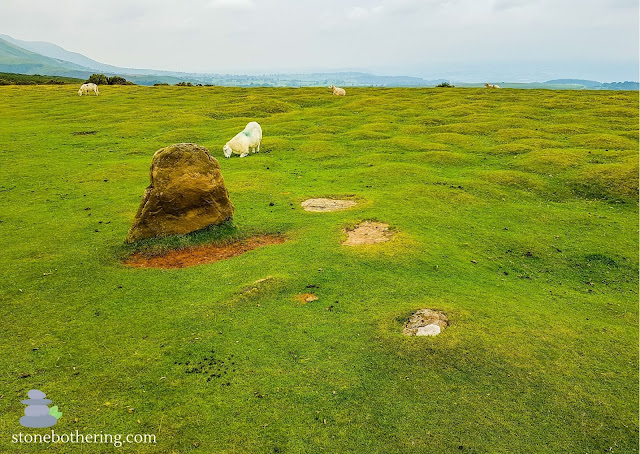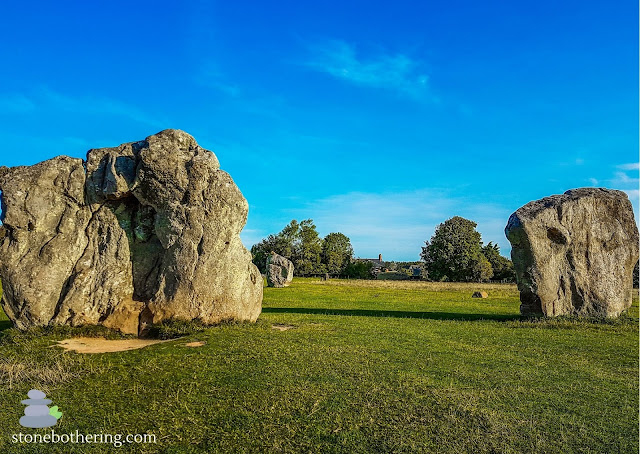Top Ancient Sites in Oxfordshire

Oxfordshire is a landlocked county in the region of Southeast England. The county is mostly known for being home to the city of Oxford and its prestigious university. But the county is also home to extensive prehistoric landscapes and ancient sites. Here is a list of the top ancient sites in this amazing county. ROLLRIGHT STONES The Rollright Stones consist of a complex of three Neolithic and Bronze Age monuments. The monuments are known as the King's Men, the Whispering Knights and the King Stone. The three monuments were built at different periods in late prehistory from local oolitic limestone and had distinct purposes. The Whispering Knights was the first of the monuments to be constructed in the area. The monument consist of the remains of a Neolithic portal dolmen used as a place of burial. Evidence suggests that the Whispering Knights is one of the earliest funerary monuments in Britain. It was constructed around 3,500 BC. The King's Men Stone Circle is a circle of about






